Invasive species have played a major role in dozens of extinctions in Australia. One such species is the Cane Toad, with numbers now in the hundreds of millions from Far North Queensland across to Western Australia.
Fighting the invasive Cane Toad
An innovative trap to catch tadpoles
The Project
Laying two clutches a year with more than 30,000 eggs in each clutch, the toad is marching across Australia at some 50km each year – a seemingly unstoppable tide.
FAME will work with Watergum to develop a superior tadpole trap design that can catch thousands of Cane Toad tadpoles in a matter of hours! The aim is for the traps to be available to the general public across Australia, and help to drive a national Cane Toad control effort through tadpole trapping.
Why we need to act
Cane Toads (Rhinella marina, formerly Bufo marinus) were introduced to Australia in 1935 to combat pests in agricultural fields. Unfortunately, they quickly spread to become a major invasive issue. Whilst toads do not directly impact most native animals, they produce ‘bufotoxin’ – a poison that is deadly to a number of predators like monitors, crocodiles and quolls.
This removal of keystone species means the Cane Toad’s indirect impact on the wider ecosystem can be dramatic, triggering trophic cascades and changes to entire regions.

Solution and approach
This project builds on a citizen science initiative by The University of Queensland that utilises their tadpole trapping technology for effective toad control at every life stage. When it comes to juveniles, Cane Toad tadpoles detect conspecific eggs (eggs of the same species) in the waterway, and seek them out in order to eat them. This cannibalism is likely a function of competitor removal and nutrient intake, as seen in other amphibians.
The tadpoles detect the eggs as a result of a pheromone that can also be found in the parotid gland of adult toads - the extrusions found on their head which are responsible for the secretion of the deadly bufotoxin.
Using this pheromone, a lure has been developed which attracts Cane Toad tadpoles into a trap from which they cannot exit. Importantly, the lure does not attract other species like native frogs the pheromone has no impact on the surrounding ecosystem.
Once the trap contains tadpoles, it can be removed from the waterway and the tadpoles ethically euthanised through a process of gradual freezing. The trap can then be reused.
This project has three primary objectives:
The trap: Develop a custom mould for printing of the trap, which increases the economy of production as well as the strength and durability of the trap, and move this to production phase.
Education: Disseminate information around use of the traps, like how to bait them and where they should be placed, and incorporate these communications into gathering data on the success and learnings from the traps.
Bait production: Show participants how to humanely euthanise toads using a cooling and freezing technique, which can then be sent to UOQ for utilisation in the creation of baits.
Watergumis an environmentally-focussed community group working to educate and train people in conservation initiatives. Having purchased the rights for the lure and trap from UOQ, they have been hand making individual traps to assess the effectiveness of the lure in the wild.
Now, they are partnering with FAME to create a mould which will allow large-scale production of the trap and a new chapter in Australia’s fight against the Cane Toad.
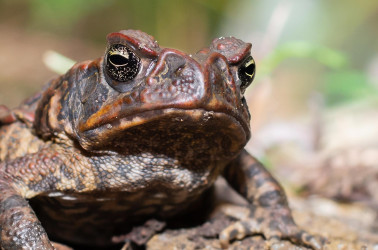
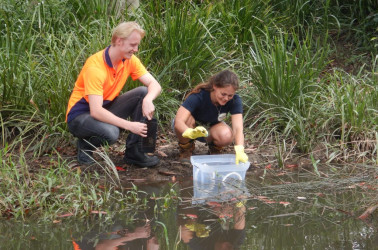
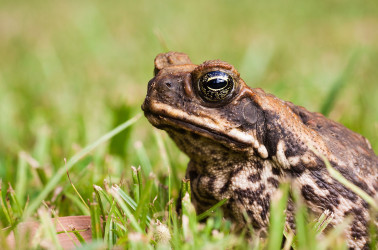
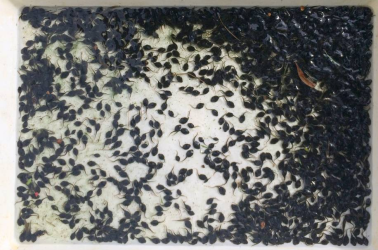
Latest updates for this project
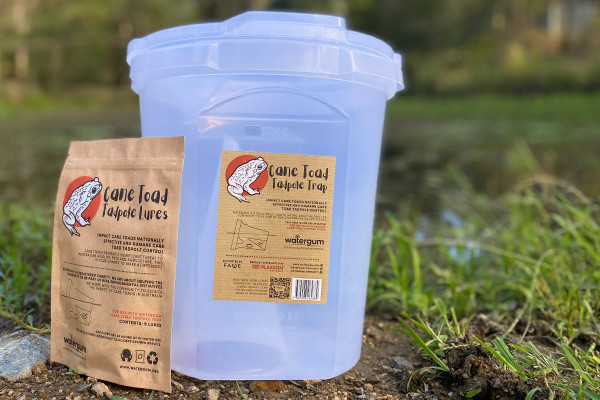
February 4th, 2023
Follow our cause in saving Australia's endangered wildlife, and receive newsletter updates on the Fighting the Invasive Cane Toad and other projects and successes.
